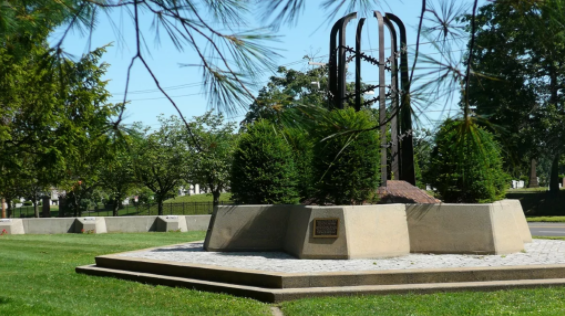The William Lanson Statue

By Andreina Barajas Novoa Often, we might lose a city’s most prominent figures to time. Such was the case for the city of New Haven’s prominent engineer, activist, and “Black governor,” William Lanson. In order t o recognize Lanson and his extensive contributions to New Haven, the Amistad Committee, a Connecticut-based non-profit that educates the public about African American history, and the New Haven City Plan Department coordinated the construction of a statue to Lanson, writes reporter Simisola Fagbemi in the Yale Daily News . Lanson’s contributions to the city of New Haven often go unnoticed. According to the Connecticut History site, “in 1810, Lanson was the only contractor able to complete the complicated 1,350-foot extension to the town’s Long Wharf.” From working on the Farmington Canal and other building contracts, Lanson was able to purchase more property, and such status gave him the right to vote, writes Katherine J. Harris in the book African American Connecticut Explore...


